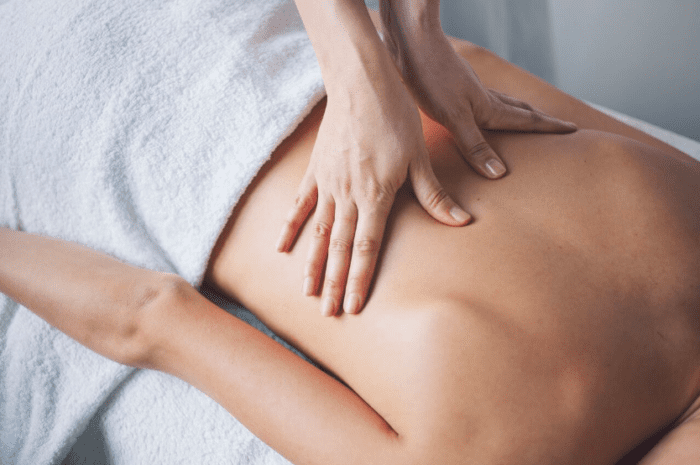By Amy Mulcahy
Remedial Massage Therapist at Life Ready Physio Camberwell
Remedial massage is considered part of complementary medicine and allied health. It is increasingly being recommended along with standard treatments for a wide range of medical conditions and is often used alongside other physical therapies such as physiotherapy.
Studies show that a massage is an effective treatment for reducing stress, pain and muscle tension and while more research is needed to confirm further benefits of a massage, studies have found massage to be helpful across five different key outcomes.
1. Easing soft tissue tension, strains or injuries
Remedial massage therapy uses a range of techniques to alleviate muscular tension and strains. A good remedial massage therapist will have a foundation of skills like deep tissue massage, trigger point release and myofascial release. Some will have more “tools in their kit” such as passive and active stretching techniques, and maybe even other complementary techniques such as dry needling, cupping, and manual lymphatic drainage.
When our muscles are stiff and tight it is usually because the fibres of the muscle become contracted and adhere together. The combination of these techniques form an effective comprehensive treatment to release the muscle fibres, deactivate trigger points that may be causing referral pain and ease soft tissue complaints that might be causing headaches or other pain like tennis elbow, plantar fasciitis or repetitive use injuries.

2. Increasing good hormones
Massage therapy helps release good hormones through touch. With respectful touch our bodies reduce stress hormones like cortisol and adrenaline, while increasing good hormones like dopamine, oxytocin and serotonin. This in turn helps us to fall asleep faster and go into a deeper, more restful sleep, which in turn helps reduce the neurotransmitter associated with pain. This means it is effective for reducing symptoms of anxiety, depression and pain associated with chronic autoimmune disorders like arthritis, fibromyalgia and myofascial pain syndrome.
3. Activating the parasympathetic nervous system
Regular massages can reduce stress levels by reducing activity in the sympathetic nervous system and activating the parasympathetic nervous system. Long periods of over stimulation to the sympathetic nervous system have been linked to chronic illness and autoimmune disease. While the parasympathetic nervous system aids our rest and digestion, allowing our body to nourish and repair itself.
4. Reducing heart rate & blood pressure
Studies have shown that regular massage treatments can decrease diastolic and systolic blood pressure. Studies have also shown significant reduction in inflammation markers in patients who have regular massage compared to those who just rested.

5. Increasing circulation
Increased blood circulation along with eased muscle tension around joints can ease the pain of arthritis and joint inflammation. It can also improve the condition of skin tone that occurs with diabetes and heart disease. While increased lymphatic circulation around an injury can also speed up recovery by allowing the lymphatic system to remove debris and toxins and reduce swelling.
Although most think of a remedial massage as a thorough muscular treatment, it can be a lot more than just a way to relieve muscle tension. Even if you are only seeking to ease your muscle tension, you are probably receiving all the other great benefits along with it. Book online today or chat to your local Life Ready team about remedial massage therapy and how it can benefit you!
